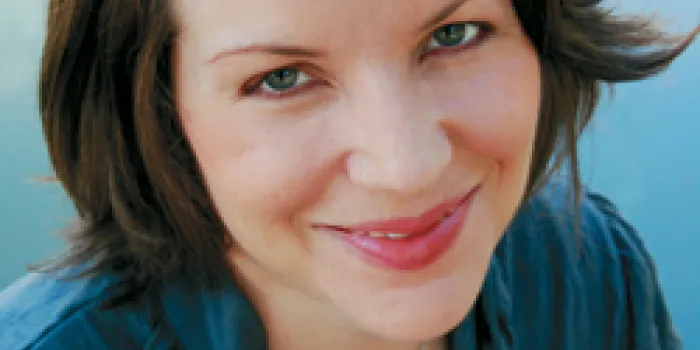In each issue of HemAware, we “Take 5” with people in the bleeding disorders community and spotlight their efforts with just five questions. Here, we talk to Michelle Thompson, author of two young adult novels, Taming the Wind and Flames of Redemption. She lives in Arizona with her husband and three sons, one of whom has hemophilia.
How did you get interested in writing?
I’ve always loved to write. My dad was an English major, so he was more than willing to critique anything I brought to him. I like writing poetry, and I even enjoy writing research papers. While in high school and college, I wrote for the school newspaper. I enjoyed being an opinion columnist, and that is where I really found that I had a voice and could even compel a reader with clever and emotional writing.
Why did you decide to write a book?
My first book started with a story that I had in my head. Each night, as I went to sleep, I would think about the progression of the storyline. So finally, because I needed some sleep, I decided to write it down. After several chapters, I showed it to a few people who were pretty enthusiastic about it. I kept at it and then realized that I had a complete novel. That’s when I started researching publishers.
Considering that I know how hard it is to get your foot in the door with a publisher, I was very lucky. Usually a writer has an agent, but financially, that wasn’t feasible for me. In my first book, I included some of my own faith in it, so I thought that it might interest some publishers who print religious fiction. So I sent my first manuscript to Cedar Fort Publishing, who said they loved it. They’ve published both of my fiction novels, even though the second one is not religious.
What drew you to young adult fiction?
I’m comfortable talking to teens and approaching situations from their perspective. I write realistic fiction, and I focus on the feelings and emotions of my characters’ experiences. That age group really responds to that because they want to be heard themselves. Maybe that’s why they’re so open to anything that doesn’t shy away from real feelings about realistic situations.
What inspires your writing?
I wouldn’t say that I base my books on specific personal experiences. However, when I was writing my first book, I was sidelined for three months from a hip injury related to my bleeding disorder, and my husband and I experienced some personal losses. There was a lot of turmoil in my life at that time, and I realized that I poured all of my feelings and emotions into my fictional characters and their experiences. Writing that novel became an outlet for me to be able to cope with my situation in my own way. I think that the raw emotion I use in my books helps my fictional characters to be more “real.”
What’s next?
I maintain an author blog, and I’m working on two other books simultaneously. After I finish those, I’m considering a book that includes a female character with a bleeding disorder. There isn’t much out there that women with bleeding disorders can relate to within the realm of fiction, so I’d like to use my experiences with my son, who has hemophilia, and my own experience of being a symptomatic carrier to develop the story. A book like that could not only connect to other women with bleeding disorders emotionally, but it could also reach out to them educationally. I would have plenty to say about it!
Do you know an interesting individual we should profile in a future issue of HemAware? E-mail Managing Editor January W. Payne.

